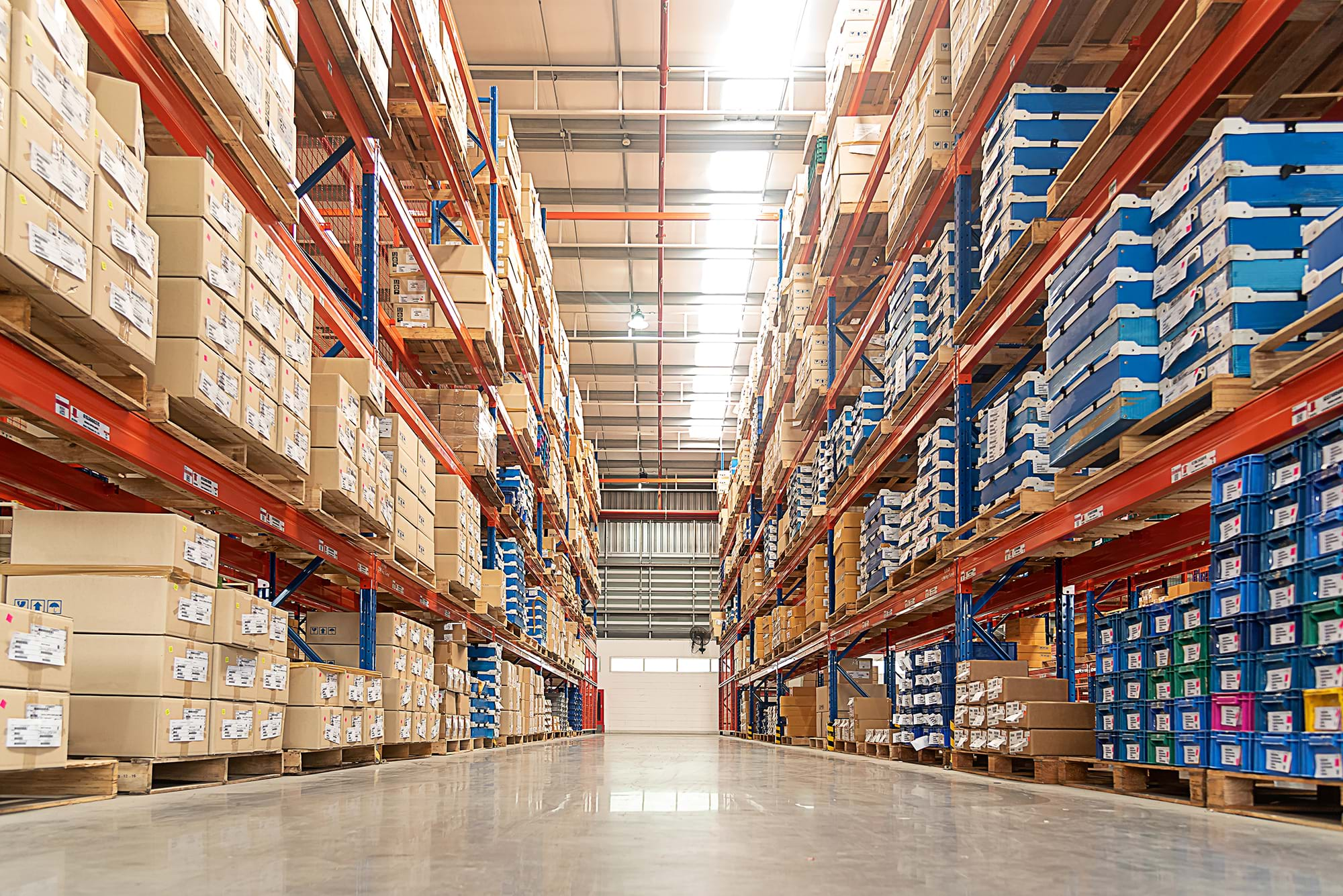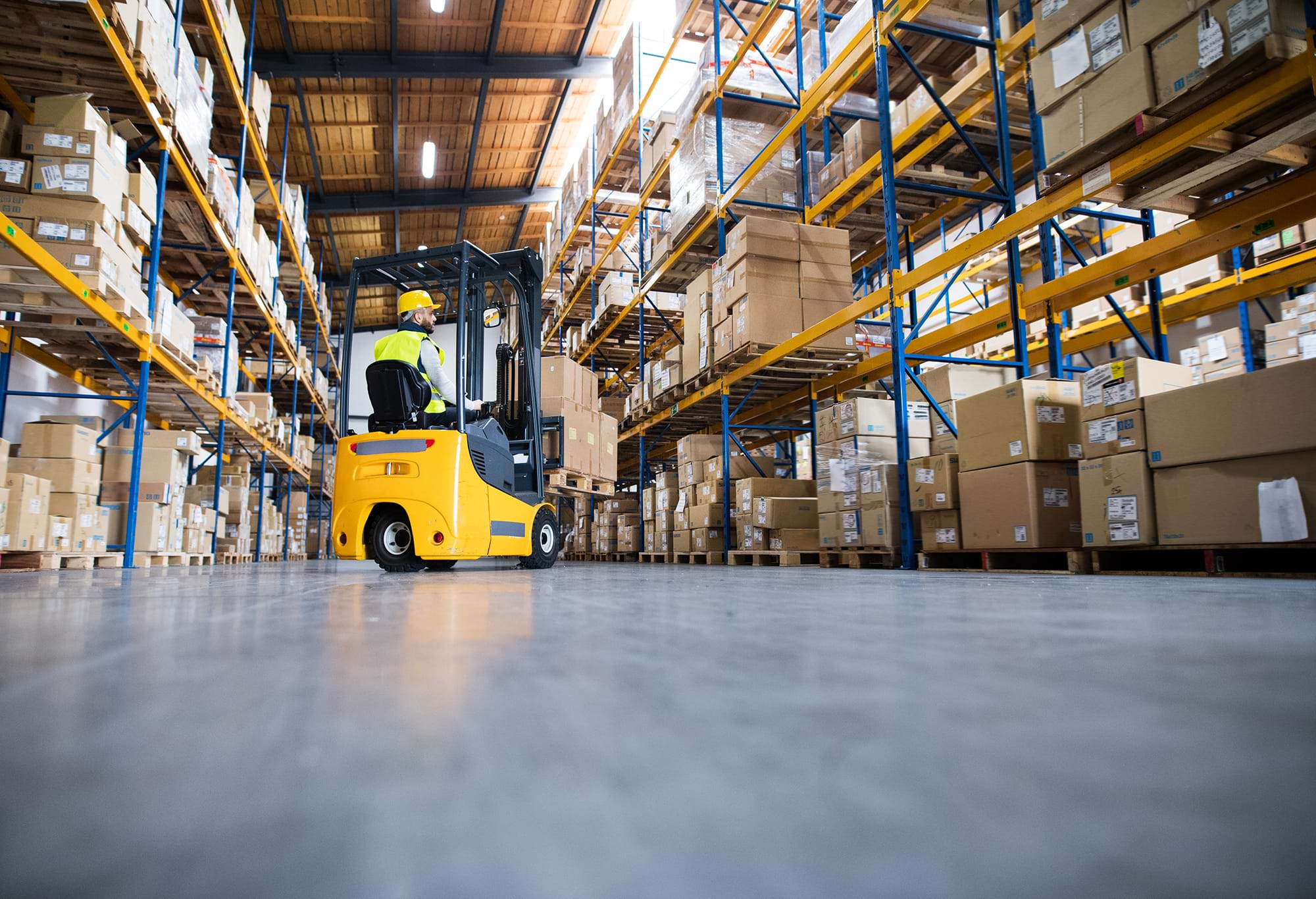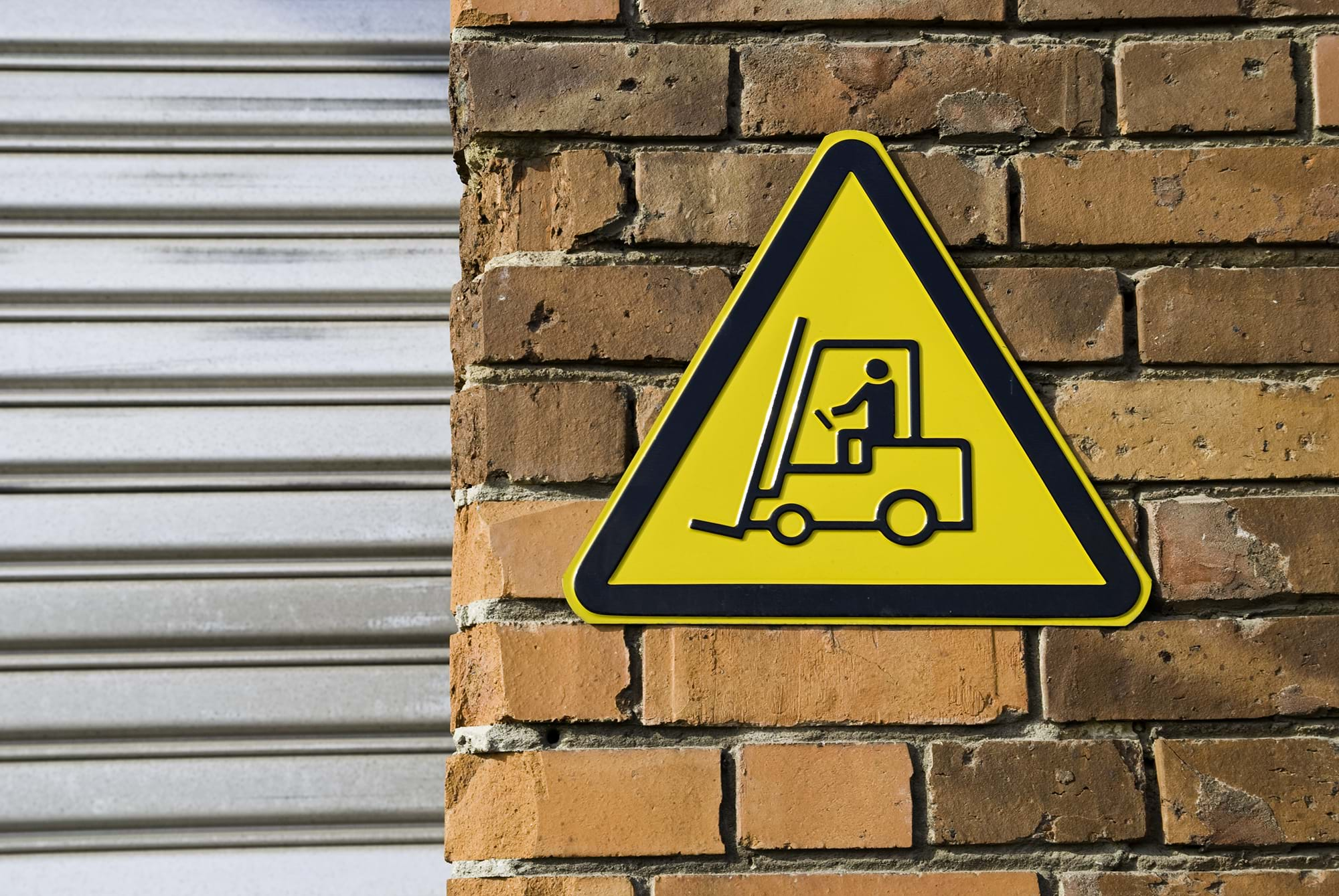There are various types of accidents which can occur in a warehouse, resulting in injuries which range from minor to fatal. Some of the most common are:
Common warehouse accidents and how to avoid them

Slips, trips and falls
Slips, trips and falls are common injuries in many workplaces. In fact, the HSE reported that in 2018/19, slips, trips or falls accounted for the greatest amount of non-fatal injuries.
Slips, trips and falls can often occur in a warehouse environment because of the fast moving nature of this type of work. Hazards such as discarded boxes, box ties, cables or spilt substances can all cause injury. Failure to remove, identify or make safe a hazard is not only dangerous but it also breaches health and safety.
Manual handling injuries
The HSE reports that handling, lifting or carrying accounts for 20% of non-fatal injuries in the workplace. In a warehouse, workers often have to lift heavy items, and if there is a lack of training, if the right equipment isn’t provided or if strenuous work is too repetitive, employees could sustain strain or sprain injures.
Crush injuries and machinery accidents
In a warehouse, the most common crush injuries result from operating forklift, pallet trucks and packaging machinery. Accidents caused by operating machinery in the warehouse can be severe, especially if workers become trapped in or underneath machinery.
The HSE reported that, in 2018, being trapped by something collapsing or overturning caused 10% of fatal accidents, and 10% of non-fatal accidents in the workplace.
Forklift injuries are among some of the most common in warehouses, and can prove the most dangerous. These accidents are usually caused by poor training, inadequate supervision, little or no maintenance of machinery or poor delineation of gangways.
According to the British Safety Council, around 1,300 UK employees are hospitalised each year with serious injuries following a forklift accident. These injuries can range from fractures, dislocations and broken bones, to life-changing amputations.

Falling objects
Being struck by a falling object is another common warehouse injury, with the HSE reporting that 10% of non-fatal injuries in the workplace in 2018/19 are the result of a moving object.
In a warehouse, failure to properly shelve items – because of a fellow employee’s carelessness or poorly constructed shelves – can cause serious head injuries. A heavy item falling on a worker could even cause a brain injury, particularly if a hard hat is not worn.
Preventing warehouse injuries
Employers have a legal responsibility to protect all of their employees as well as contractors and visitors to the warehouse from risk of accident or injury.
Accidents in a warehouse can be prevented with the following precautions:
- Signs – signs and floor markings should be clearly placed around the warehouse to warn of hazardous areas and indicate where PPE is needed
- Equipment checks – equipment and vehicles, like forklifts, should be maintained in a safe condition and should be inspected regularly to ensure they are safe to use
- Training – all employees should have full health and safety training.

What should I do if I have had a warehouse accident?
If you have been injured whilst working in a warehouse, this might be because your employer has failed to follow health and safety laws, or a fellow employee has acted carelessly. If you think you may be eligible to make a warehouse accident claim, follow the links below for more information.
